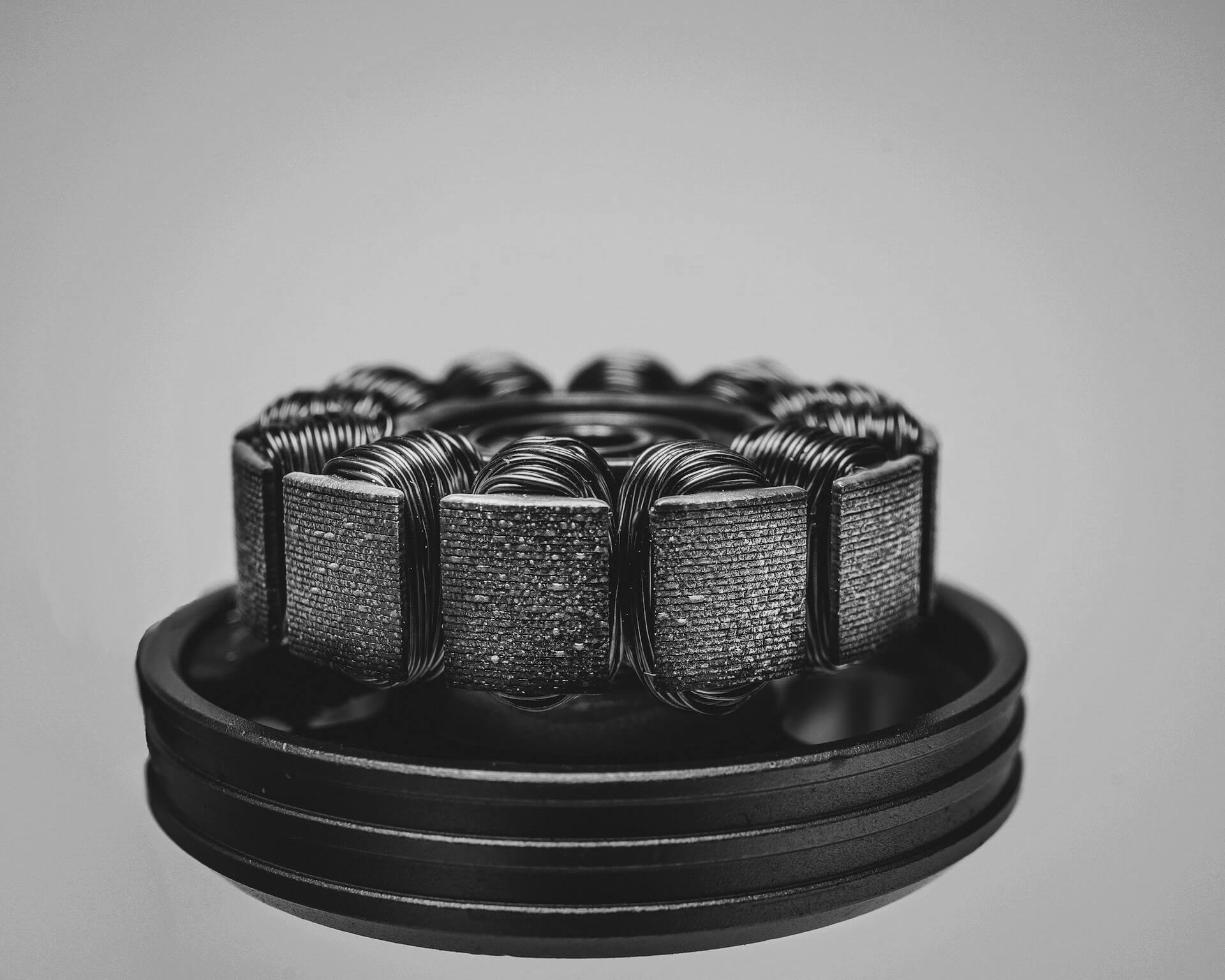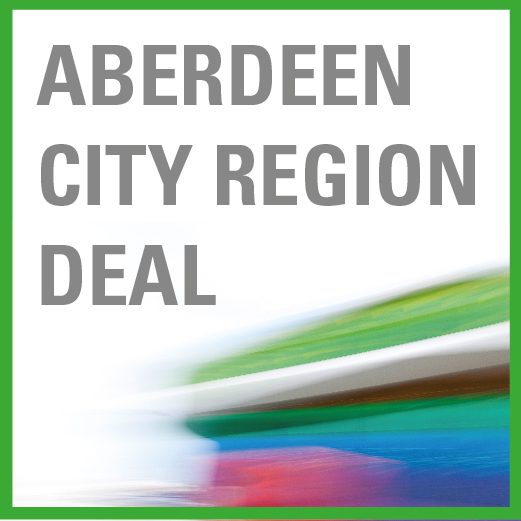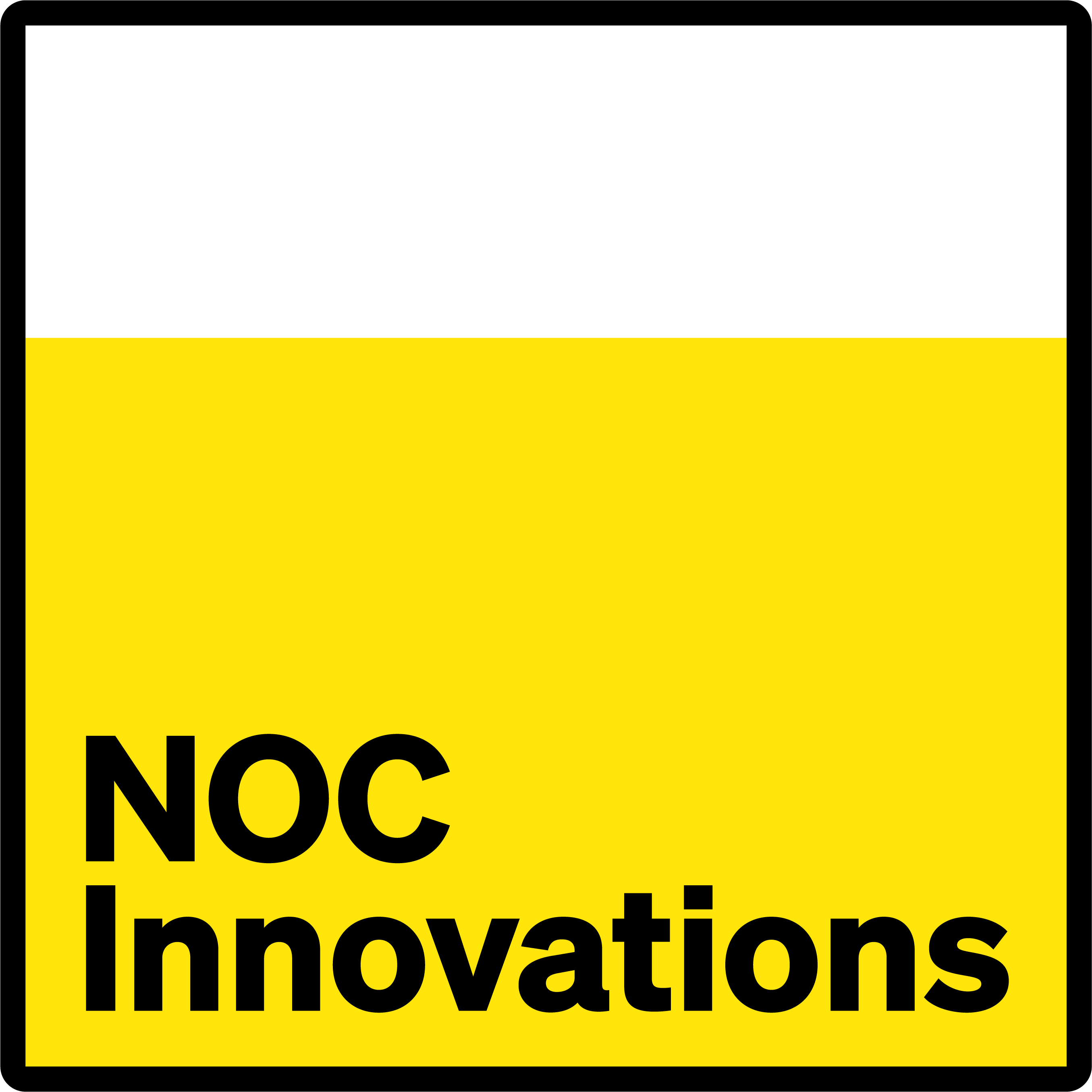Recently, the work of our Net Zero Operations Lead, Dr Ciprian Zavoianu; Cyber-Physical Systems Lead, Dr Andrei Petrovski; Net Zero Operations PhD Student, Tiwonge Msulira Banda; and collaborators at Johannes Kepler University (JKU) was published in the ACM Transactions on Evolutionary Learning and Optimization. In this article, we take a closer look at the project and explore the importance of modelling heat in electric motors.
What is Optimisation?
The Oxford Reference defines optimisation as “the process of finding the best possible solution to a problem”. It goes on to say that “in mathematics, this process often consists of maximising or minimising the value of a certain function, perhaps subject to given constraints”. In our case, the Net Zero Operations team deal with a class of optimisation problems that involve more than one objective called multi-objective optimisation problems (MOOPs). MOOPs are encountered all the time in day-to-day life. For instance, if one wants to buy a car, the choice may be between average fuel efficiency and maximum speed. Maximising speed is often only achievable when compromising on fuel efficiency. In such cases, an optimal solution is more often than not a compromise between the two competing objectives. When the objectives to be optimised are also hard to model (e.g., non-linear), the multi-objective optimisation problem is hard to solve and requires specialised techniques.
Multi-Objective Evolutionary Algorithms
Over the past few decades, Multi-Objective Evolutionary Algorithms (MOEAs) have proved to be very effective in solving MOOPs. MOEAs solve optimisation problems by starting with a population of candidate solutions and iteratively producing offspring solutions through nature-inspired genetic operators called crossover and mutation. MOEAs work on the premise that after several iterations, their exploration of the search space would yield high-quality (i.e., optimal or near-optimal) candidate solutions that offer an accurate representation of the MOOP trade-offs. The mechanics of MOEAs draw inspiration from biological systems where fit organisms are more likely to survive and pass down their genetic traits to offspring that will make up the next generation.
Optimisation of Electric Motors
Engineers who design electric motors also encounter multi-objective optimisation problems during several stages of the design process. In our ongoing collaboration with Johannes Kepler University in Linz, Austria, we are particularly interested in modelling heat in electric motors like those found in home appliances such as electric fans. Electric motors heat up during operation and the heat that is generated affects the performance of the motor, reducing its lifespan, and potentially causing damage to the motor itself. As such, electrical engineers are interested in modelling, monitoring and minimising the negative effects of overheating.
What Are the Main Aims of This Project?
In this collaborative project with our Austrian partners at the JKU Institute for Electrical Drives and Power Electronics, the Net Zero Operations team’s task is to create regression models that can be used to characterise the dynamic thermal behaviour of electric motors. Specifically, the aim is to develop accurate and microcontroller-ready models to estimate the temperatures of six key motor components under various operational scenarios. This work has applications in monitoring and control of motors, and most importantly, contributes to the design of durable motors.
As with any data-driven modelling task, the quality and quantity of data is essential. The problem is that a motor has a safe operating area (SOA), within which it is expected to operate without self-damage. A sequence of operations (i.e., load points) in the SOA represents an operational scenario of the motor with a corresponding unique thermal behaviour. This means that one needs data representing as many different load points as possible to be able to develop models that will be accurate across various operational scenarios (i.e., models that generalise well). Unfortunately, collecting such data is a very complex and time-consuming endeavour involving several sensors and thermographic cameras. For instance, collecting data for 20 operational scenarios took approximately 133 hours using a specialised experimental testbench. This led the team to the understanding that there was an imperative need to find out if less data can produce accurate thermal models – thus saving the time, cost and complexity of data collection when wishing to profile new motor designs.
To address this research question, the team turned to MOEAs to help search for linear regression models that make use of fewer data samples and are at the same time, highly accurate. This is a multi-objective optimisation problem because, ordinarily, it is generally understood in data-driven modelling that increasing training data increases the accuracy of the models. However, in this project, the team used the power and effectiveness of state-of-the-art MOEAs to successfully identify very interesting trade-offs between data collection costs/effort and expected modelling errors when aiming to create microcontroller-ready regression models for accurately estimating temperatures of key motor components under various operational scenarios.
Ongoing Work
With this thermal modelling work completed, the next research direction is focused on enhancing MOEAs by integrating surrogate models that can speed up optimisation runs on a wide range of industry-based MOOPs by reducing the computational effort of evaluating candidate solution quality (i.e., fitness).
To discover more about how our Net Zero Operations team are solving real-world problems, view our dedicated Net Zero Operations webpage or Projects page.








